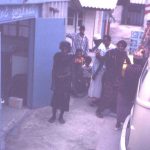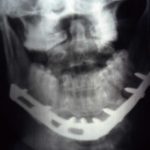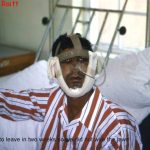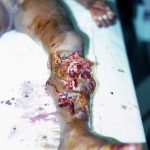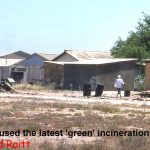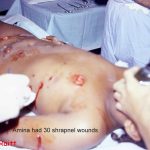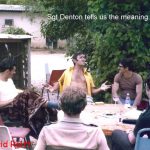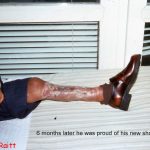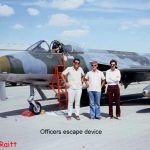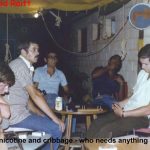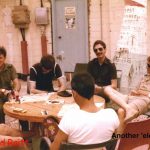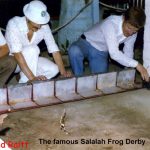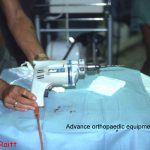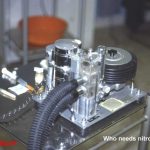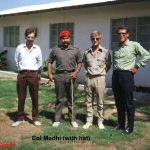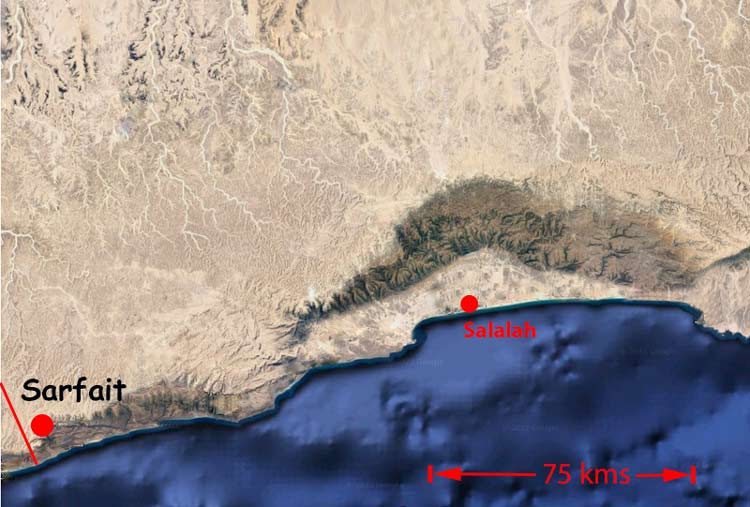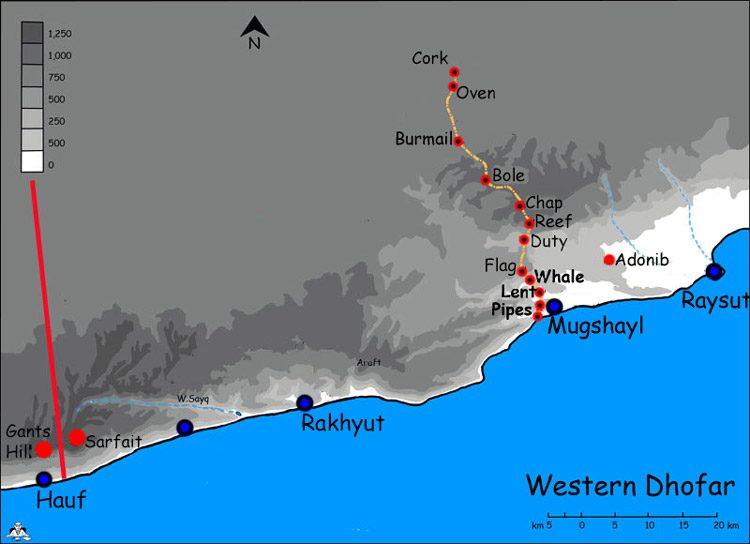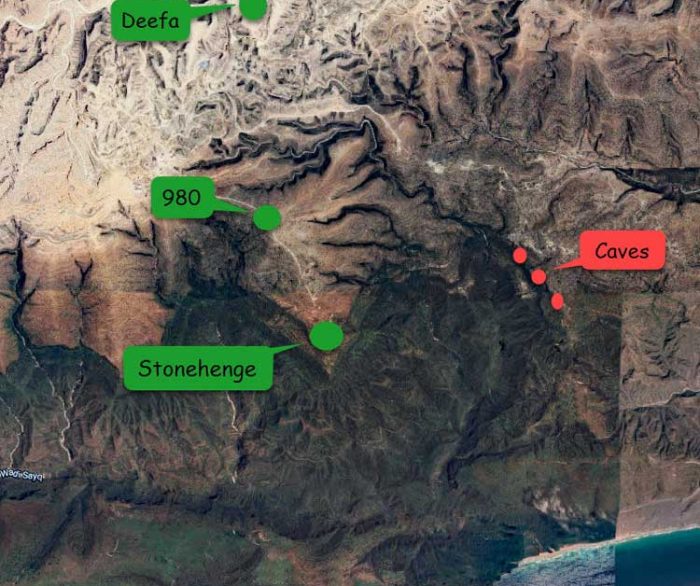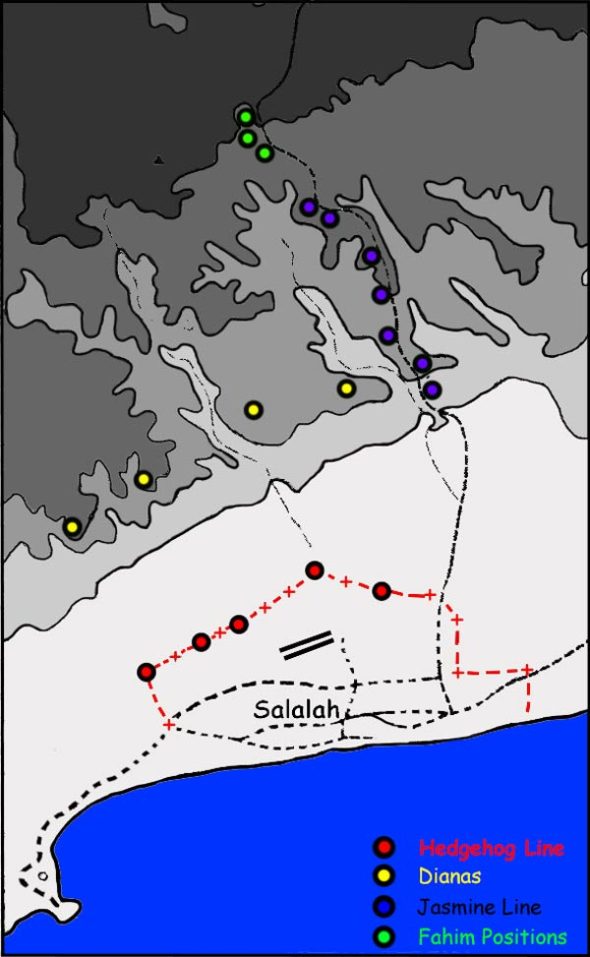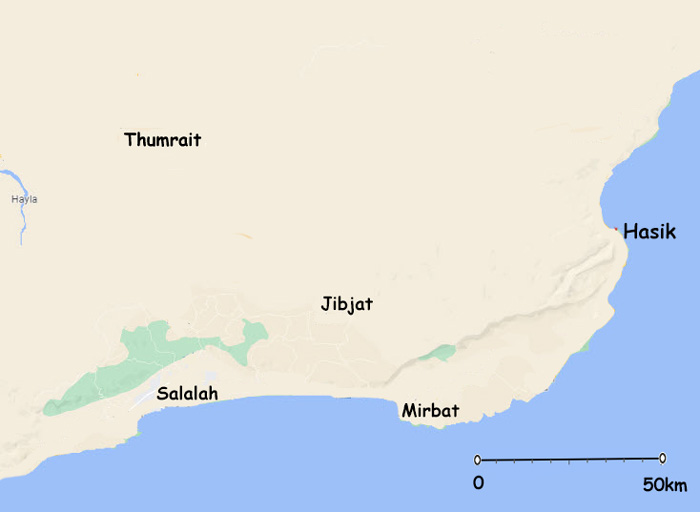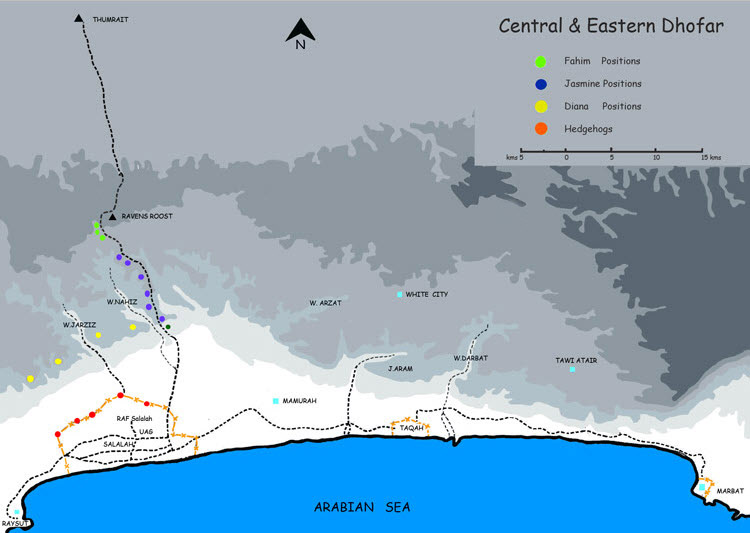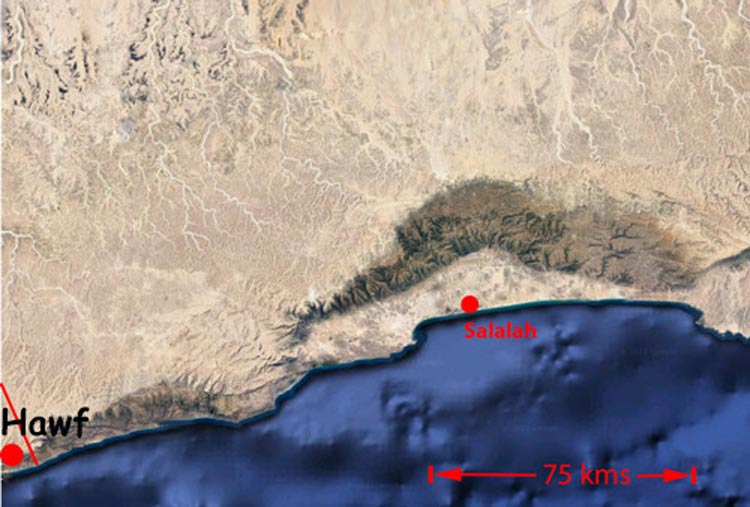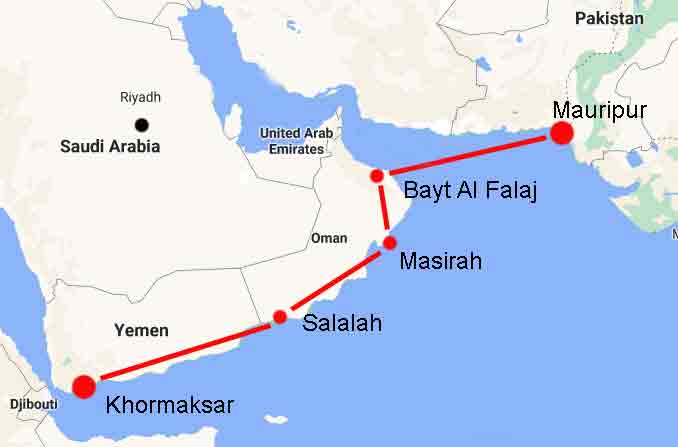
The Tail-end Charlies
55 FST July – November 1977
I am indebted to David Raitt for the underlying text and the photographs. The copyright remains entirely with him.
The grand plan for the British Armed Forces Medical Services in Salalah was a joint move by the FST and the medical unit at Um-al-Guarif into a military wing in the new Qaboos Hospital in Salalah town. The FST would be staffed by a contract team and the few British troops remaining would be cared for by that unit.
The move was to take place on 1st July 1977 and so the March – June FST had started to run down supplies in anticipation. Circumstances changed, the life of 55 FST was extended and we inherited a challenging situation.
The two month gap between request and delivery for stores was a fact of life in RAF Salalah, aided by the Hercules C130 supplies run being only fortnightly.
Here is a list of some of the problems encountered:
- The autoclave broke, irreparably, and we became completely reliant on the Qaboos Hospital CSSD (shades of the NHS ‘centralisation of services’ shambles that some of us now enjoy?).
- REME technicians from Cyprus visited us for two weeks to assess and mend, where possible, our technical equipment. On leaving, they considered only 32 of 96 inventory items to be serviceable. U/s items included not only the autoclave, but the operating table and the portable Xray machine.
- Nitrous oxide rapidly ran out and supplies of iv fluids became perilously diminished. Atropine and opiates ran out just as we received a consignment of pentazocine and ketamine. The promised Hercules load of nitrous oxide did not materialise until the end of the tour, though we did get several hundred rolls of paper towels instead.
- We loaned the Qaboos Hospital our East Radcliffe ventilator (they had none) in order to treat a patient with tetanus. Their patient died and as they were unable to sterilise the machine, it was lost to us. Fortunately (for us) we had only two weeks left, and were able to cope.
- There was no orthopaedic drill so we borrowed an industrial Wolf from 3 Engineer Squadron. Airworks manufactured a range of screws to 1/8th inch sizes from a box of 3inch screws that we found.
- Even before they left the UK, the army element of 55 FST had all been issued with size 5 Khaki Drill of a style which had been withdrawn from service some 6 years earlier. Thanks to the generosity of 11 Field Squadron and the Sultan’s Land forces, we were kitted out with olive greens and did not have to work in mufti.
Despite all these challenges, 55 FST worked hard and successfully.
- Outpatients 918
- Inpatients 221
- Operations 240
- Dental Cases 200
- Physiotherapy 357
- Lab Investigations 655
- Radiography 238
The surgical case mix provided huge clinical interest and included 13 patients with explosion and gun shot injuries (none hostile). Of these, 7 were children under 14.
We saw and treated cancer, cirrhosis, mycetoma, ischaemic heart disease, filariasis, haemorrhoids (leading to profound anaemia), urinary tract infection, status epilepticus………….the list goes on.
Our dentist and surgeon both made clinical forays outside the base to provide ‘community care’ to the local population.
Visitors to the Field Surgical Team
| Ellis Plaice | Daily Mirror |
| Col Rosser MBE | Defence Attache |
| Maj Gen Omana | CSOLF |
| Col Ward | Director Medical Services SAF |
| Capt Buckingham | Medical quartermaster SAF |
| Gen Sir Jack Harmann KCB OBE MC | Adjutant General |
| Brig H Brown OBE | Chief Engineer UKLF |
And our very own hero, WO1 J Tinkham REME who came to our rescue when the main Xray unit failed. He flew in from Cyprus, worked all night to repair the machine and returned to Cyprus the next day.
Socially, the tour was also successful. Despite the loss of the ‘Wobbly Wheel’, now stockaded and heavily padlocked, we made good friends with expats, SAF members and especially the staff of UAG hospital, led by Col Medhi. Joint ward rounds at UAG improved our minds and a shared liking for barbecues and alcohol improved our morale.
We were beaten at most sports (cricket, sevens, volleyball, football) by just about everyone, including the Airworks ladies. This made us very popular.
The final weeks were less satisfactory as our departure date slipped back into November. Many signals were generated to next of kin and the Pay Section to change arrangements and continue LOA, but as with all things, the waiting came to an end and we eventually escaped on 9th November.
Looking back after 30 years, little seems to have changed in the world.
Decisions are made with insufficient preparation and reference to those on the ground.
Supplies are inadequate.
The quality of British Troops remains excellent, coping with support failures and making do with available resources. Plus ca change…………….
The correct names which should appear under the photograph of the last FST is as follows:
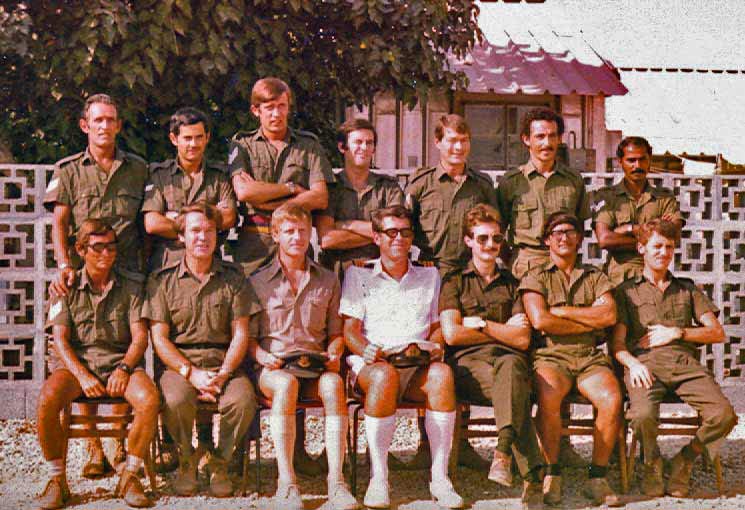
Back Row
Ron Denton; Graham Coulson; Mick Kennedy; Roger Melhuish; Paul Ashton; Tony McDonald; Alan Davies; Dave Luckly
Front Row
Bud Holder; Bernie Smythe; David Raitt; Tony Osborne; Tony Goulbourne; George Walker; Paddy Smith
